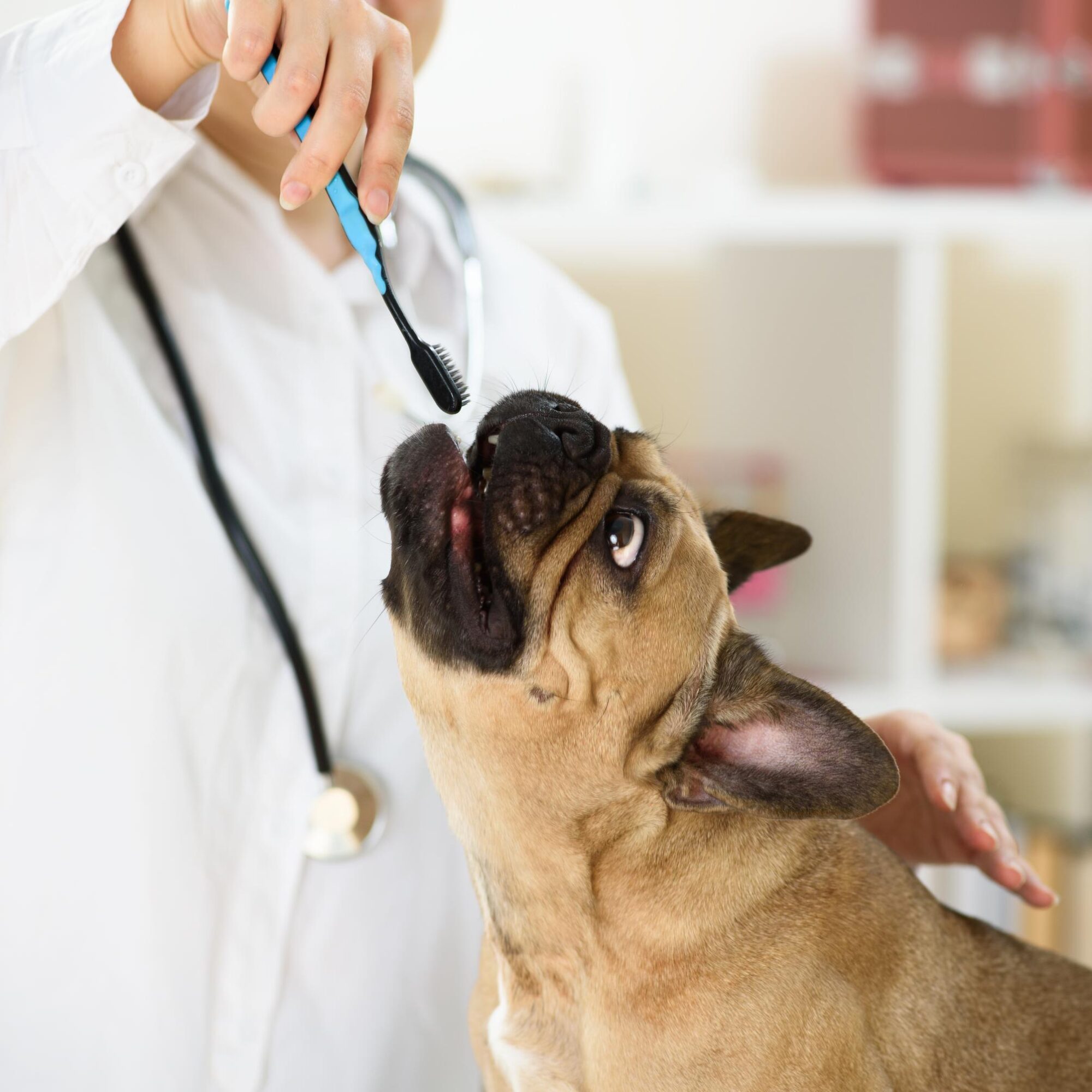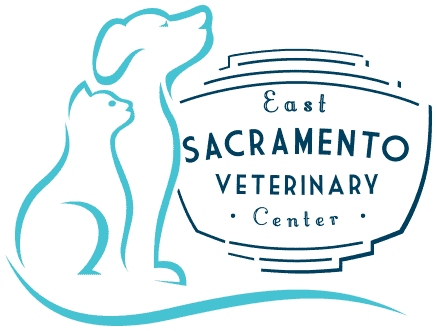The Importance of Regular Dental Check-Ups

Bad breath is one signal that pet owners should never ignore or accept as normal. Aside from the repellent quality of halitosis, it is directly linked to gingivitis, the first stage of periodontal disease. It’s also worth mentioning that this stage is the only time that periodontal disease can be stopped in its tracks. Left alone, this common, yet aggressive disease can eventually cause unnecessary suffering, tooth loss, and even systemic illness.
What Do We Look For?
We take a close look at your pet’s teeth and gums at every wellness exam, or at least every 6-12 months. Any evidence of bleeding, swollen, or inflamed gums deserves immediate attention. These are also common markers of gingivitis, like bad breath, and equally common throughout all stages of periodontal disease.
Yellowed or brown-colored teeth are also indicative of early dental disease and professional cleaning is required to remove it. Scaling and polishing the teeth every year can reduce the need for future dental treatments, such as extractions, reduce the chances of suffering, and promote overall vitality. This procedure can effectively remove oral bacteria, but antibiotics and pain medication may be prescribed to heal infection.
Plaque and Tartar
Oral bacteria, plaque, and tartar build up on the teeth and slowly push the gums away. The new spaces between the teeth and gums harbor more bacteria, worsening the recession of the gums. This increases a pet’s vulnerability to pain and tooth loss. What’s worse, the bacteria can travel through the bloodstream to the body’s major organs, including the heart, lungs, and kidneys.
What Lingers
Periodontal disease begins with inflammation and infection of the gums. While it can eventually result in missing, cracked, broken, or lost teeth, the damage of periodontal disease is often hidden beneath the gum line.
Digital radiographs (X-rays) not only help us understand the extent of damage caused by disease, but the exact location of bone loss and gum recession. Incredibly, radiographs find that even normal-looking teeth have some level of disease.
A full exam of the mouth is conducted, as well, and a treatment plan is developed while a pet is safely anesthetized. Extractions are often necessary to preserve overall oral health, and pets typically recover in a short time. Certain dietary modifications, like providing a wet or canned food diet, help toothless pets thrive.
Pet Dental Care
We are happy to help you learn techniques to use at home, including handling, brushing, and helping a pet build positive associations with tooth brushing. If you are interested in other supportive dental products like chews, treats, or water additives, please check out Veterinary Oral Health Council.
Our team at East Sacramento Veterinary Center is always happy to assist you with dental check-ups, hygiene practices at home, and other questions about pet dental health. We look forward to hearing from you at (916) 737-5670.
